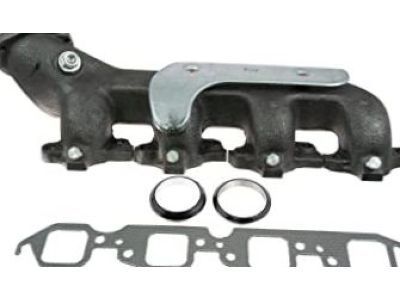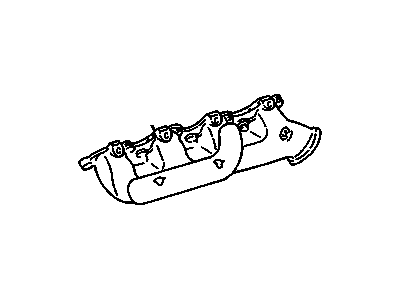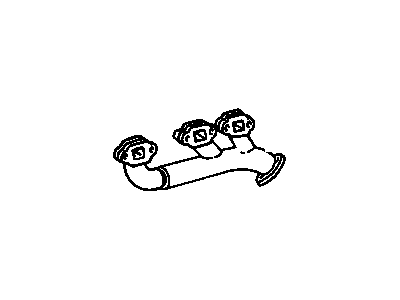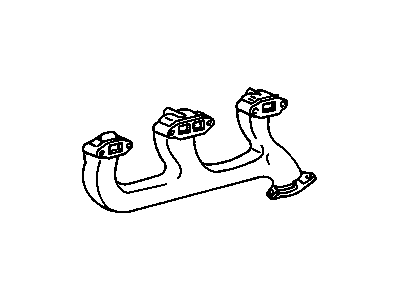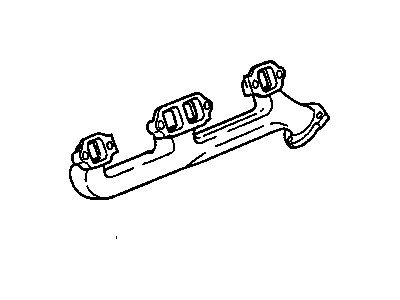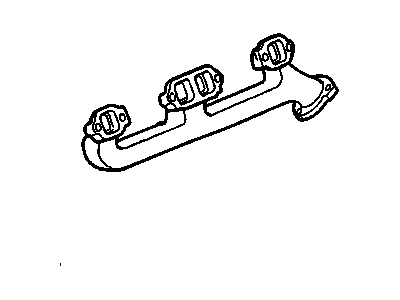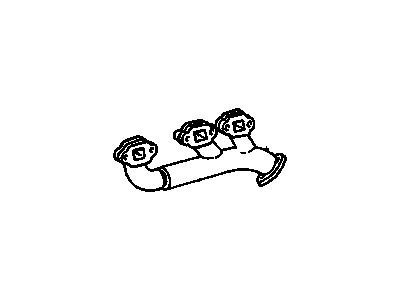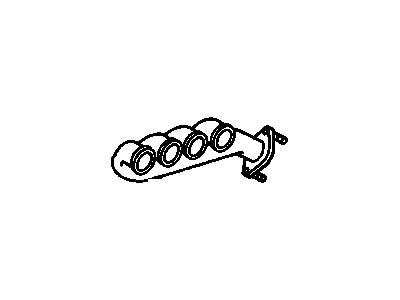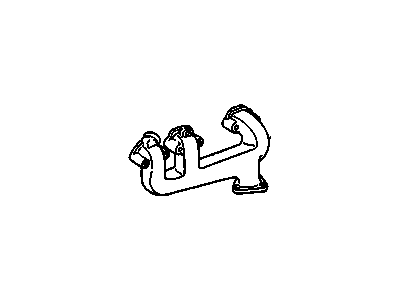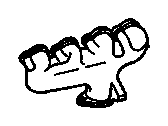
My Garage
My Account
Cart
Genuine Chevrolet C1500 Exhaust Manifold
Engine Exhaust Manifold- Select Vehicle by Model
- Select Vehicle by VIN
Select Vehicle by Model
orMake
Model
Year
Select Vehicle by VIN
For the most accurate results, select vehicle by your VIN (Vehicle Identification Number).
14 Exhaust Manifolds found
Chevrolet C1500 Engine Exhaust Manifold
Part Number: 12557359$131.19 MSRP: $195.61You Save: $64.42 (33%)Ships in 1-2 Business Days
Chevrolet C1500 Exhaust Manifold
Chevrolet C1500 Exhaust Manifold is one of the key elements of exhaust system, which directs relatively hot gasses away from the Chevrolet C1500 engine through the catalytic converter and muffler up to the exhaust tip. It avoids intake reversion that results in the poor or inadequate performance of the engine and also isolates toxic exhaust gases from passengers. This component is usually made from either cast iron or stainless steel with market gurus coming up with headers to improve engine exponent. Various manifold like headers can increase the velocity of the exhaust gases and also the performance of the engine. Also, installations such as coatings in the ceramic or wrapping of the exhausts can go a long way to reducing heat in the engine bay but such changes lead to faster degradation of the manifold. All in all, the Exhaust Manifold of Chevrolet C1500 helps to improve the speed or power as well as the safety of the vehicle.
Each OEM Chevrolet C1500 Exhaust Manifold we offer is competitively priced and comes with the assurance of the manufacturer's warranty for the part. Furthermore, we guarantee the speedy delivery of your orders right to your doorstep. Our hassle-free return policy is also in place for your peace of mind.
Chevrolet C1500 Exhaust Manifold Parts Questions & Experts Answers
- Q: How to remove and install an exhaust manifold on Chevrolet C1500?A:Disconnect the negative cable from the battery. Remove the air cleaner assembly for access to the right manifold. If you are removing the manifold with the oxygen sensor in it, disconnect the wire to the sensor. Remove the air management tube at the check valve and the pipe bracket from the manifold stud, if equipped. Remove the alternator and power steering braces from the left exhaust manifold. Disconnect the spark plug wires and the spark plugs. If there is any danger of mixing the plug wires up, we recommend labeling them with small pieces of tape. If you are removing the right manifold on V8 models, unbolt the dipstick tube. Remove the spark plug heat shields. Set the parking brake and block the rear wheels. Raise the front of the vehicle and support it securely on jackstands. Disconnect the exhaust crossover pipe from the manifold outlet. Note: Penetrating oil is usually required to remove frozen exhaust pipe nuts. Don't apply excessive force to frozen nuts-you could shear off the exhaust manifold studs. Remove the two front and two rear manifold mounting bolts first, then the center bolts to separate the manifold from the head. Some models use locking tabs under the manifold bolts to keep the bolts from vibrating loose. On these models the tabs will have to be flattened before the bolts can be removed. Installation is basically the reverse of the removal procedure. Clean the manifold and head gasket surfaces to remove old gasket material, then install new gaskets. Do not use any gasket cement or sealer on exhaust system gaskets. Install all the manifold bolts and tighten them to the specified torque. Work from the center out and approach the final torque in three steps. Apply anti-seize compound to the exhaust manifold-to-exhaust pipe studs and use a new exhaust "doughnut" gasket, if equipped.

